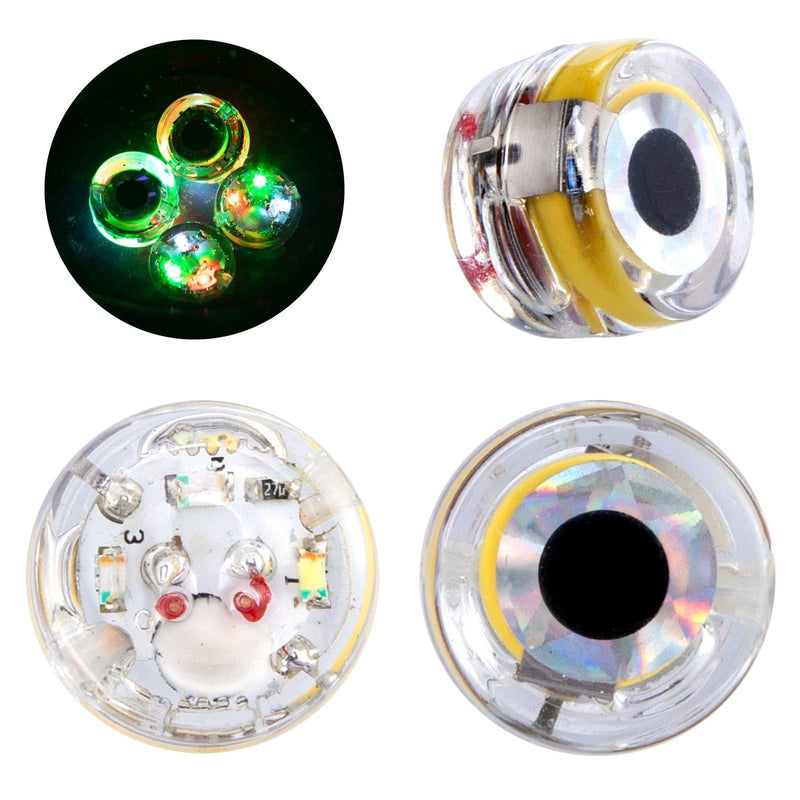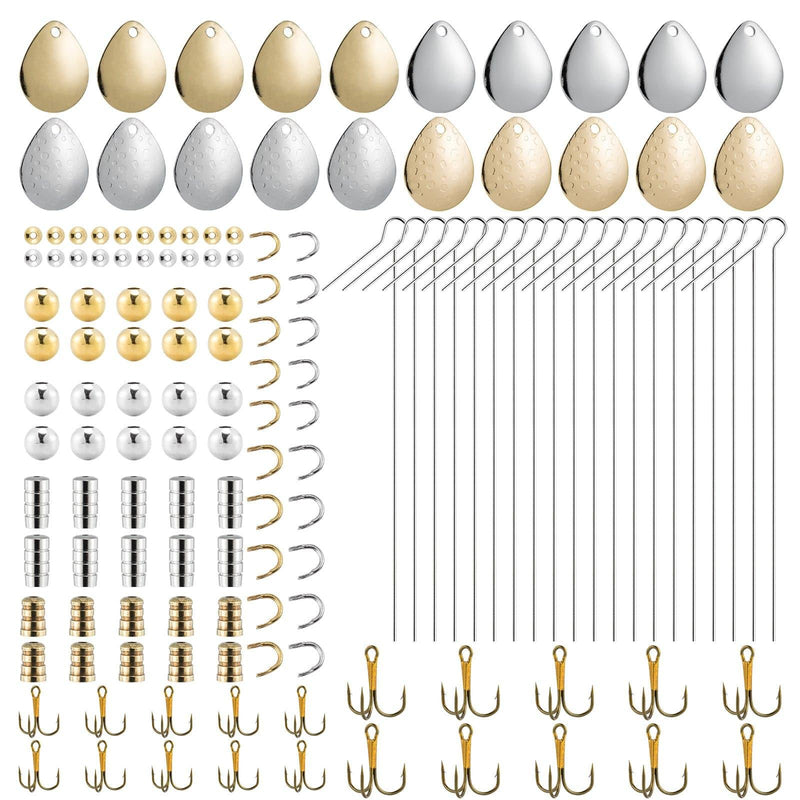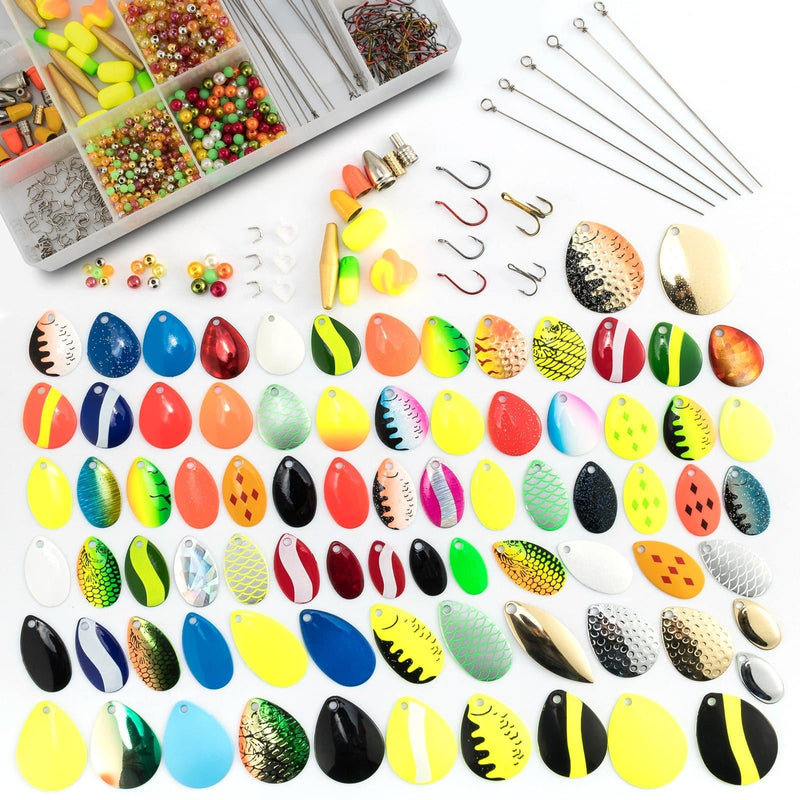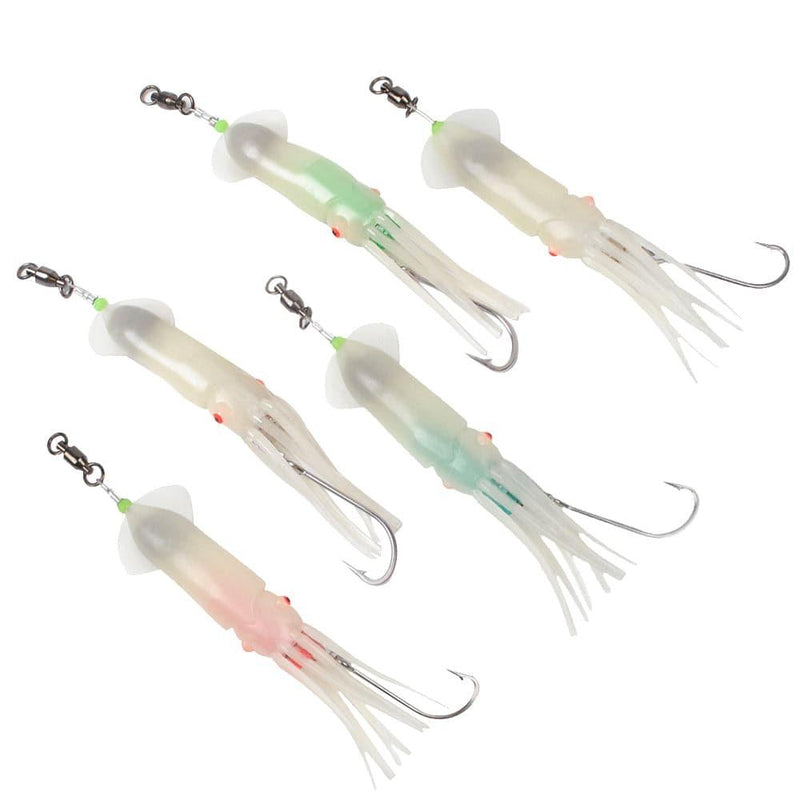How to Use Split Shot Weights Effectively
Introduction
Fishing success often comes down to subtle adjustments, and using split shot weights effectively can transform your fishing experience. These small, versatile tools offer precision control over your presentation that fixed weights simply can't match. Whether you're targeting trout in clear streams or bass in windy lakes, mastering the split shot rig will elevate your performance on the water.
Understanding Split Shot Weights
What Are Split Shot Weights?

Split shot weights are small, cylindrical or round sinkers with a slit that allows them to be clamped onto a fishing line. Unlike fixed weights, split shots are adjustable and reusable, making it easy to modify a rig’s weight according to changing conditions.
How Split Shot Works
- Weight Distribution: Adding a split shot alters the sink rate of your bait or lure, allowing you to reach the desired depth more quickly.
- Drift Control: Properly positioned split shot minimizes drag from currents, keeping bait or flies in the strike zone longer.
- Casting Assistance: Even lightweight split shot can improve casting distance and stability, particularly in windy conditions.
Key Benefits of Using Split Shot Weights
- Precise Depth Control: By adding or removing split shots, anglers can control how fast or slow bait sinks, maintaining it at the optimal depth.
- Improved Presentation: Proper placement ensures a natural drift of bait or lure, reducing the likelihood of spooking fish.
- Flexibility: Quick adjustments are possible without retying knots or changing rig components.
- Increased Catch Efficiency: Using the right weight distribution keeps bait in the strike zone longer and allows for more subtle fishing techniques.
Selecting the Right Size and Material
Material Selection:
Lead split shots are favored for their high density and reliable sinking action, ideal for both freshwater and saltwater use. Tin and tungsten alternatives provide different sinking speeds and softness, giving anglers flexibility to adjust for specific water conditions.
Size Considerations:
Match the shot size to your bait weight, line strength, and water conditions. Use tiny sizes for light tippets, delicate flies, or calm water where subtle presentation is key. In contrast, larger sizes are more suitable for deeper water, strong currents, or windy conditions where extra weight ensures proper control.
How to Rig and Position Split Shot Properly
Proper rigging is what separates a well-balanced presentation from a tangled mess. Knowing how to set up a split shot rig — and where to position each weight — ensures that your bait drifts naturally through the strike zone without spooking fish.
What Is a Split Shot Rig?

A split shot rig is one of the simplest and most adaptable fishing setups. It consists of:
- A mainline or leader (monofilament or fluorocarbon).
- One or more split shot weights attached to the line.
- A hook or lure positioned below the weights.
This rig is primarily used for:
- Presenting bait naturally in varying water depths.
- Maintaining steady lure depth in moving water.
- Achieving subtle, controlled drifts in both freshwater and saltwater.
It’s a favorite among anglers because it allows for quick depth adjustments and smooth transitions between different fishing environments.
Step-by-Step: How to Attach Split Shot Weights
- Select the right size weight: Choose based on water flow and bait size. Lighter shots (1/64–1/32 oz) for small baits and calm waters. Heavier shots (1/8–1/4 oz) for deeper or faster conditions.
- Clamp the weight correctly: Slide your line into the pre-cut slit. Use your fingers or smooth-jawed pliers to pinch gently but firmly. Avoid over-crushing — excessive pressure weakens mono or fluoro lines.
- Test the grip: Tug slightly on the weight. It should hold steady but still be removable when needed. A properly attached split shot won’t slide or damage the line.
When to Use Split Shot Weights
Split shot weights are incredibly versatile and serve different purposes across fishing styles. Understanding when and how to use them in each technique helps maximize precision, control, and strike efficiency.
Float and Still-Water Fishing
This is where split shots play their most classic role — fine-tuning balance and presentation.
- Balancing floats: Use multiple shots to fine-tune float buoyancy.
- Depth control: Place the shot at varying distances above the hook to target different layers.
- Slow-fall presentation: A small shot near the hook imitates natural prey descent.
Lure Fishing
In light-tackle or finesse applications, split shots enhance bait control without compromising action.
- Micro-weight adjustment: When fishing soft plastics or unweighted worms, adding a tiny shot near the head creates a subtle, controlled descent for a more natural swimming motion.
- Carolina-style rigs: Split shots can serve as fixed stoppers between the swivel and bullet weight, softening movement and giving the lure a freer, more enticing glide.
Fly Fishing
Split shots are indispensable in nymphing or deep-water fly setups.
- Sink-rate control: Adding a small shot above the fly helps it reach the feeding depth quickly, especially with heavier currents.
- Drift stability: Properly placed shots keep the fly moving naturally along the bottom, increasing realism and bite potential in fast or turbulent water.
Ice Fishing
Cold-water anglers use split shots to stabilize short lines and detect delicate strikes.
- Rig stability: A light shot minimizes unwanted sway from water movement or fish motion.
- Fine balance: Tiny, evenly spaced shots provide precise weight control for subtle presentations when targeting species like perch.
Live Bait Fishing
Split shots help manage live bait activity effectively.
- Movement control: Placing a shot a short distance above the hook limits the swimming range of live minnows or shrimp, preventing them from tangling in structure while maintaining lifelike motion that draws predatory fish.
Conclusion
Using split shot effectively requires understanding both the mechanics of weight and the behavior of fish. Properly positioned, split shot weights improve depth control, enhance natural bait presentation, and increase catch efficiency. By selecting the right size, material, and rig placement, anglers can adapt to varying water conditions and species with precision. Mastering split shot techniques is not just about adding weight—it's about reading currents, adjusting presentation, and maximizing fishing success in a controlled and sustainable manner.








0 comments